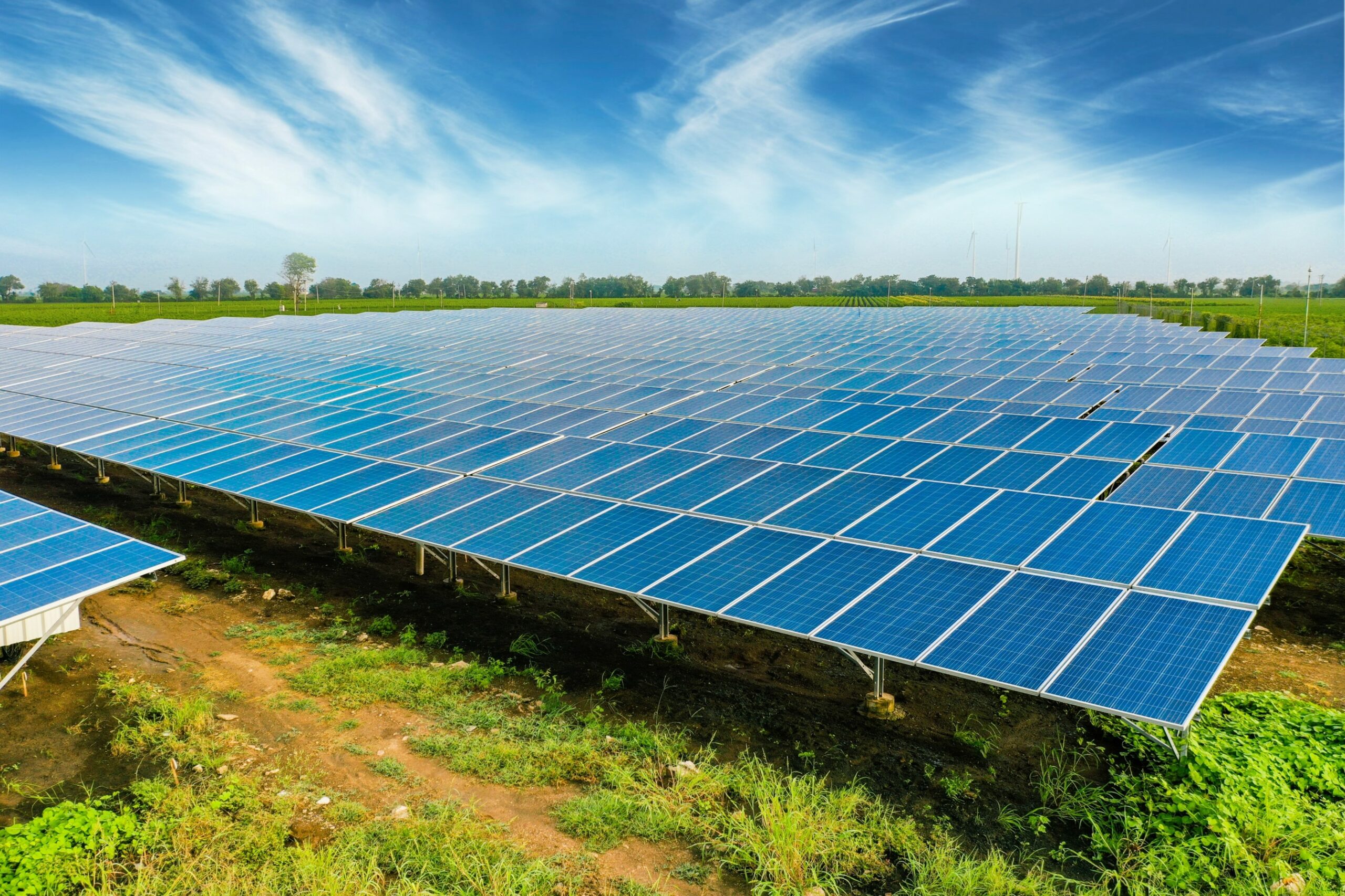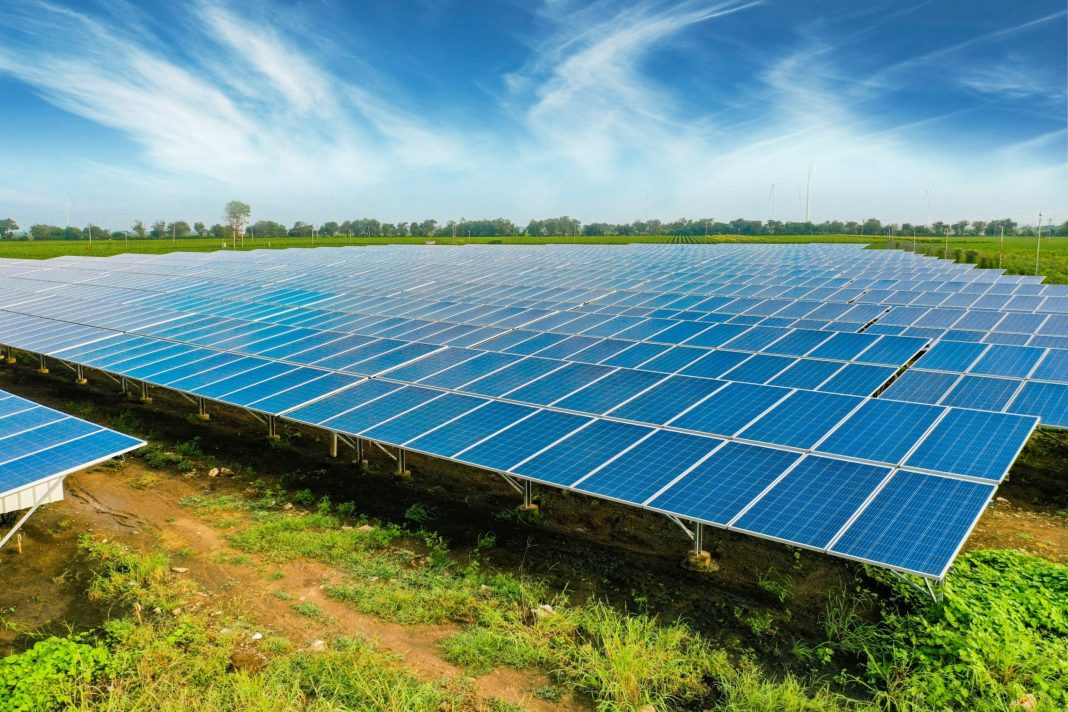 Australia is currently facing a challenge in managing the waste produced by its transition to renewable energy sources. While solar and wind power are crucial in the country’s move towards clean energy, they also generate a significant amount of waste. The Australian government recognizes the need for large-scale renewable waste management systems to support the country’s goal of achieving net zero emissions.
Australia is currently facing a challenge in managing the waste produced by its transition to renewable energy sources. While solar and wind power are crucial in the country’s move towards clean energy, they also generate a significant amount of waste. The Australian government recognizes the need for large-scale renewable waste management systems to support the country’s goal of achieving net zero emissions.
State environment ministers in October 2022 pushed for solutions under the National Waste Policy Action Plan, aiming to achieve an 80 percent recovery rate from all waste streams and increase the use of recycled contents. The Department of Climate Change, Energy, the Environment, and Water (DCCEEW) spokesperson emphasized the importance of improvements in the waste and resource recovery sector, particularly for organics, in supporting Australia’s efforts towards net zero.
Solar power is one of the main methods Australia is utilizing to achieve its net zero goals. However, it is expected to produce over 50,000 tonnes of waste in 2025, and this number may increase to around 100,000 tonnes per year by 2030. A study conducted by the University of New South Wales (UNSW) and commissioned by Neoen Australia, the country’s largest renewable energy company, highlights the need for effective waste management strategies for solar panels.
While solar panels contain recyclable materials, the current recycling programs in Australia can only recycle up to 17 percent of a solar panel’s weight. Insufficient recycling programs limit the country’s ability to recover valuable materials from solar panels. To address this issue, the Australian government has announced its intention to develop a regulated solar panel recycling scheme. Such a scheme would contribute to Australia’s circular economy by ensuring that the valuable material in solar panels is reused.
The recycling processes for solar systems vary, but some components, such as aluminium frames, plastic junction boxes, and copper wire, are easily recyclable. However, the glass and back sheeting that make up a large part of solar panels are not recyclable in Australia. The recycling process for thin-film solar panels is different, involving the separation of solid and liquid components to recover glass elements and semiconductor materials.
The cost of solar system recycling in Australia is also a challenge. The estimated recycling cost for one panel in 2023 was between $10 to $20, making it expensive for individuals to dispose of their solar panels. Additionally, the production of new solar panels is often cheaper than creating them from recycled materials, incentivizing the use of single-use panels. Reuse is another alternative to disposal, as solar panels can still power off-grid systems after their 20 to 30-year lifespan.
Wind turbines, another important source of clean renewable energy, also generate a considerable amount of non-recyclable waste. By 2034, the decommissioning of wind farms in Australia is expected to produce around 15,000 tonnes of blade waste. While wind turbines are largely recyclable, the process is challenging and expensive. Turbine blades are made of composite materials that are difficult to break down and have minimal market value.
A recent study conducted by the University of South Australia highlighted the challenges of wind turbine blade recycling. Professor Peter Majewski, who led the study, stated that the cost of recycling processes and the limited value of retrieved materials make it unrealistic to expect a market-based recycling solution. He suggested that the cost of sustainable disposal should be factored into the manufacturing or operating costs of wind turbines.
To address the issue, the Australian government has committed $3 million to develop a wind turbine recycling facility under the Cooperative Research Centres Program. However, official frameworks are necessary to ensure proper disposal systems are in place, even if manufacturers disappear or wind farms go bankrupt.
Australia’s push towards clean energy is commendable, but it also highlights the importance of developing effective waste management systems for renewable energy sources. With the government’s commitment to developing regulated recycling schemes for solar panels and wind turbines, there is hope for a more sustainable approach to waste management in the country. By addressing the challenges associated with recycling and disposal, Australia can further support its transition to a circular economy and achieve its net zero emissions goals.


